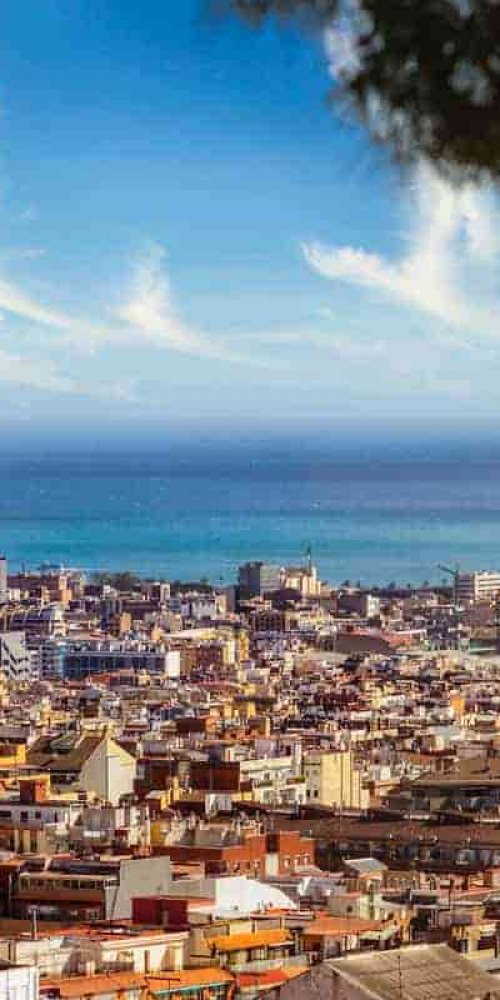

Step onto any metro platform in Barcelona, ES, and instantly you’re serenaded by the rhythmic beep of ticket barriers opening and closing. Tram bells chime softly as commuters weave through bustling streets, voices swapping stories in Catalan, Spanish, English, and more. The tang of roasted chestnuts mingles with fresh tyres on bus routes crisscrossing the city. Barcelona’s public transport hums with life - dynamic, efficient, alive. You hear the distant screech of wheels on cobblestones, sense the pace, the pulse. Whether you’re clutching a single ticket or your unlimited pass, the city invites you aboard, promising adventures from Gothic quarters to sunlit beaches, all on the magic carpet of metro trains, trams, buses and more.

Barcelona’s web of buses, metros, trams, and ferries offers timeless freedom to roam without the hassle of parking or hefty taxi fares. When I first climbed the cathedral tower in the Gothic Quarter, I had navigated the metro system with ease, saving a bundle and hours of precious sightseeing time. Public transport slices through the city’s traffic-packed streets faster than any private vehicle during rush hour, whisking you from sun-dappled beaches to bustling markets in a matter of minutes. It keeps carbon footprints low - a must in vibrant, sun-lit Barcelona where green spaces and fresh air matter deeply. You’ll feel the city’s beat entwined with your own footsteps and wheels, as locals do. With affordable fares and frequent services, exploring Barcelona on public transport is not just sensible but rewarding.
| Mode | Lines | Peak Frequency | Night Service |
|---|---|---|---|
| Metro Barcelona, ES | 12 | Every 2–4 minutes | Limited: Night buses run instead |
| Tram | 2 networks (Trambaix & Trambesòs) | Every 6–10 minutes | No |
| Bus | 100+ | Every 5–15 minutes | Yes (NitBus night lines) |
| Ferry | 4 routes | 30–60 minutes | No |
| Bike-Share (Bicing) | 400+ stations | As available | 24/7 |
The public transport network in Barcelona, ES, is dense and well-integrated, ideal for residents and visitors alike. The metro links central areas and suburbs swiftly, trams serve medium-density neighbourhoods, and buses fill the gaps with extensive night coverage. Don’t overlook Bicing, the city’s bike-share system, perfect for short, scenic sprints. Whether you’re chasing art, beach vibes, or nightlife, you’ll find your ride around town with ease and confidence.
Barcelona’s rush hours typically run 07:00–09:30 and 17:00–20:00 on weekdays. Trains and buses are busiest then - expect standing room only on the metro L1 and L3 for central stops.
Off-peak travel is a delight: quieter vehicles, easier seat-finding, and often faster boarding. It’s a handy window if you want to savour the architecture or hustle less when hopping between attractions like Park Güell and La Sagrada Família.
Though trams and buses run less frequently late at night, the NitBus network fills the gap with reliable night service on key routes. Using the NitBus does require exact change - a little inconvenience for the safety of late-night travellers.
Plan ahead: contactless cards incur a daily cap of €8, easing budget concerns no matter peak or off-peak times. Apps also show real-time crowd levels, letting you dodge packed rides.

Metro Barcelona, ES, has excellent accessibility: all stations on Lines L4, L5, and newer extensions offer elevators and ramps. Buses have ramps and rear spaces for wheelchairs. Keep in mind, some older tram stops may lack full accessibility, so check in advance.
Trams and newer metro stations are pram-friendly, with low-floor boarding and spacious carriages. Escalators and lifts assist moving through stations, but always be prepared for some stairs at historic stops in the Gothic Quarter.
You’ll find dedicated luggage spaces on metro trains and airport shuttle buses. If travelling via tram or bus, try to avoid peak hours for a smoother ride with your bags. The aerobus coaches also handle large suitcases comfortably.
Yes! A single ticket costs €2.50 and is valid for 75 minutes across these modes, allowing transfers without buying new tickets.
Bus drivers sell single tickets in cash; contactless card payments are also accepted on many routes but check beforehand. Validate on board with your ticket or card.
Definitely. Passes like the 24- or 72-hour unlimited options save money and offer convenience, especially if you plan multiple trips daily. The Barcelona Card further bundles sightseeing discounts.
Most modern lines and stations are equipped with lifts and ramps. Some older stations are less accessible, so check routes in advance for a smooth journey.
With this guide, you’re equipped to master public transport in Barcelona, ES, and uncover every vibrant corner effortlessly. Share your favourite tips or questions in the comments below, and don’t forget to sign up for our newsletter to receive insider updates on city transport around the globe. See you aboard the next ride!

Additional articles from our network with useful insights about Barcelona.